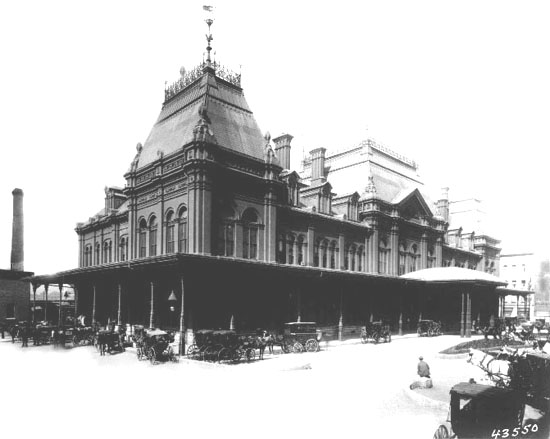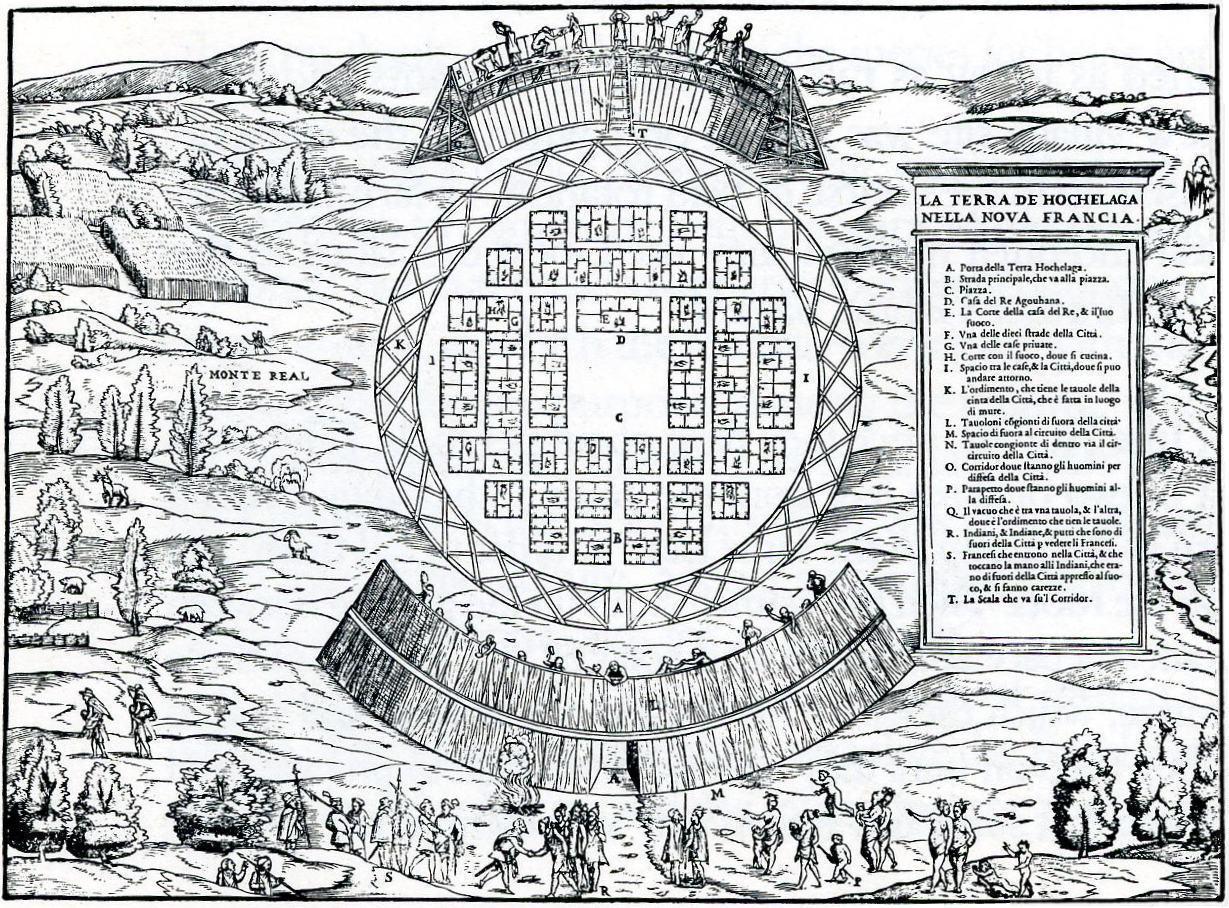|
Montreal And Lachine Railroad
The Montreal and Lachine Railroad opened on November 19, 1847, with service between Bonaventure Station in Montreal and the St. Lawrence River in Lachine. Built to bypass the Lachine Rapids, it was 12 km long. The railway merged with the Lake St. Louis and Province Railroad in 1850 under the name Montreal and New York Railroad. In 1857, it merged with the Champlain and St. Lawrence Railroad as the Montreal and Champlain Railroad. It would eventually be absorbed by the Grand Trunk Railway. Tokens The railway used token coins after it was found that train tickets were not convenient for use among the Indians and workmen on the Lachine Canal, who formed the bulk of company's third class travel. Imported from Birmingham, where they were made by Boulton & Watt or Ralph Heaton & Sons, the tokens were strung on a wire as they were collected by the conductor Conductor or conduction may refer to: Music * Conductor (music), a person who leads a musical ensemble, such as an orc ... [...More Info...] [...Related Items...] OR: [Wikipedia] [Google] [Baidu] |
Bonaventure Station (1887–1952)
Bonaventure Station was the name of a railway station in Montreal, Quebec, Canada. Its name was later adopted by a commercial development and a metro station. Grand Trunk Railway Named for its location on Saint Bonaventure Street, now Saint Jacques Street, the first Bonaventure Station was built in 1847 as the main terminal for the Montreal and Lachine Railway. That company was leased by the Grand Trunk Railway in 1864 in order to obtain access to a more centrally located Montreal terminal. GTR subsequently purchased the company outright, becoming owner of the station. Several other railways also used Bonaventure Station over the years, though it was not referred to as a union station. Notably, the Intercolonial Railway obtained running rights over the Grand Trunk into Montreal at the end of the 1880s; Bonaventure Station thus became its western terminal for service to and from Halifax, Nova Scotia, and other points in the Maritimes (see ''Ocean Limited''). In 1888–1889, a ne ... [...More Info...] [...Related Items...] OR: [Wikipedia] [Google] [Baidu] |
Economy Class
Economy class, also called third class, coach class, steerage, or to distinguish it from the slightly more expensive premium economy class, standard economy class or budget economy class, is the lowest travel class of seating in air travel, rail travel, and sometimes ferry or maritime travel. Historically, this travel class has been called tourist class or third class on ocean liners. Marine Travel classes originated from a distinction between "cabin class" and " steerage" on sailing vessels in the 18th century. Cabin class, for wealthier passengers included small cabins and a shared dining room while "steerage" provided open decks with bunks often near the tackle to operate the Steer rudder in converted cargo space on the "between decks" area where passengers from poorer backgrounds cooked their own meals. With the arrival of steamships, competition between ocean liner companies led some companies like the Inman Line to offer additional options to economy passengers ... [...More Info...] [...Related Items...] OR: [Wikipedia] [Google] [Baidu] |
History Of Montreal
The history of the area around what is now known as Montreal, Montreal itself was established in 1642, located in what is now known as the province of Quebec, Canada, spans about 8,000 years. At the time of European contact, the area was inhabited by the St. Lawrence Iroquoians, a discrete and distinct group of Iroquoian-speaking indigenous people. They spoke Laurentian. Jacques Cartier became the first European to reach the area now known as Montreal in 1535 when he entered the village of '' Hochelaga'' on the Island of Montreal while in search of a passage to Asia during the Age of Exploration. Seventy years later, Samuel de Champlain unsuccessfully tried to create a fur trading post but the Mohawk of the Iroquois defended what they had been using as their hunting grounds. A fortress named Ville Marie was built in 1642 as part of a project to create a French colonial empire. Ville Marie became a centre for the fur trade and French expansion into New France until 1760, whe ... [...More Info...] [...Related Items...] OR: [Wikipedia] [Google] [Baidu] |
Le Sud-Ouest
Le Sud-Ouest ( en, "the southwest") is a borough (''arrondissement'') of the city of Montreal, Quebec, Canada. Geography Le Sud-Ouest is an amalgam of several neighbourhoods with highly distinct histories and identities, mainly with working-class and industrial origins, grouped around the Lachine Canal. These include Saint-Henri, Little Burgundy, and Griffintown to the north of the canal, and Ville-Émard, Côte-Saint-Paul, and Pointe-Saint-Charles to the south. Located southwest of downtown Montreal (hence the name), the borough is bordered to the northwest by Côte-des-Neiges—Notre-Dame-de-Grâce, to the northeast by the Ville-Marie borough, to the south by the borough of Verdun, to the west by the borough of LaSalle and the town of Montreal West, and to the north by the city of Westmount. The Saint Lawrence River is located upon part of its eastern edge. History :''See History of Saint-Henri, History of Little Burgundy, History of Ville-Émard, History of Cô ... [...More Info...] [...Related Items...] OR: [Wikipedia] [Google] [Baidu] |
Railway Companies Established In 1847 Rail transport (also known as train transport) is a means of transport that transfers passengers and goods on wheeled vehicles running on rails, which are incorporated in tracks. In contrast to road transport, where the vehicles run on a prepared flat surface, rail vehicles (rolling stock) are directionally guided by the tracks on which they run. Tracks usually consist of steel rails, installed on sleepers (ties) set in ballast, on which the rolling stock, usually fitted with metal wheels, moves. Other variations are also possible, such as "slab track", in which the rails are fastened to a concrete foundation resting on a prepared subsurface. Rolling stock in a rail transport system generally encounters lower frictional resistance than rubber-tyred road vehicles, so passenger and freight cars (carriages and wagons) can be coupled into longer trains. The operation is carried out by a railway company, providing transport between train stations or freight customer facilit ... [...More Info...] [...Related Items...] OR: [Wikipedia] [Google] [Baidu] |



